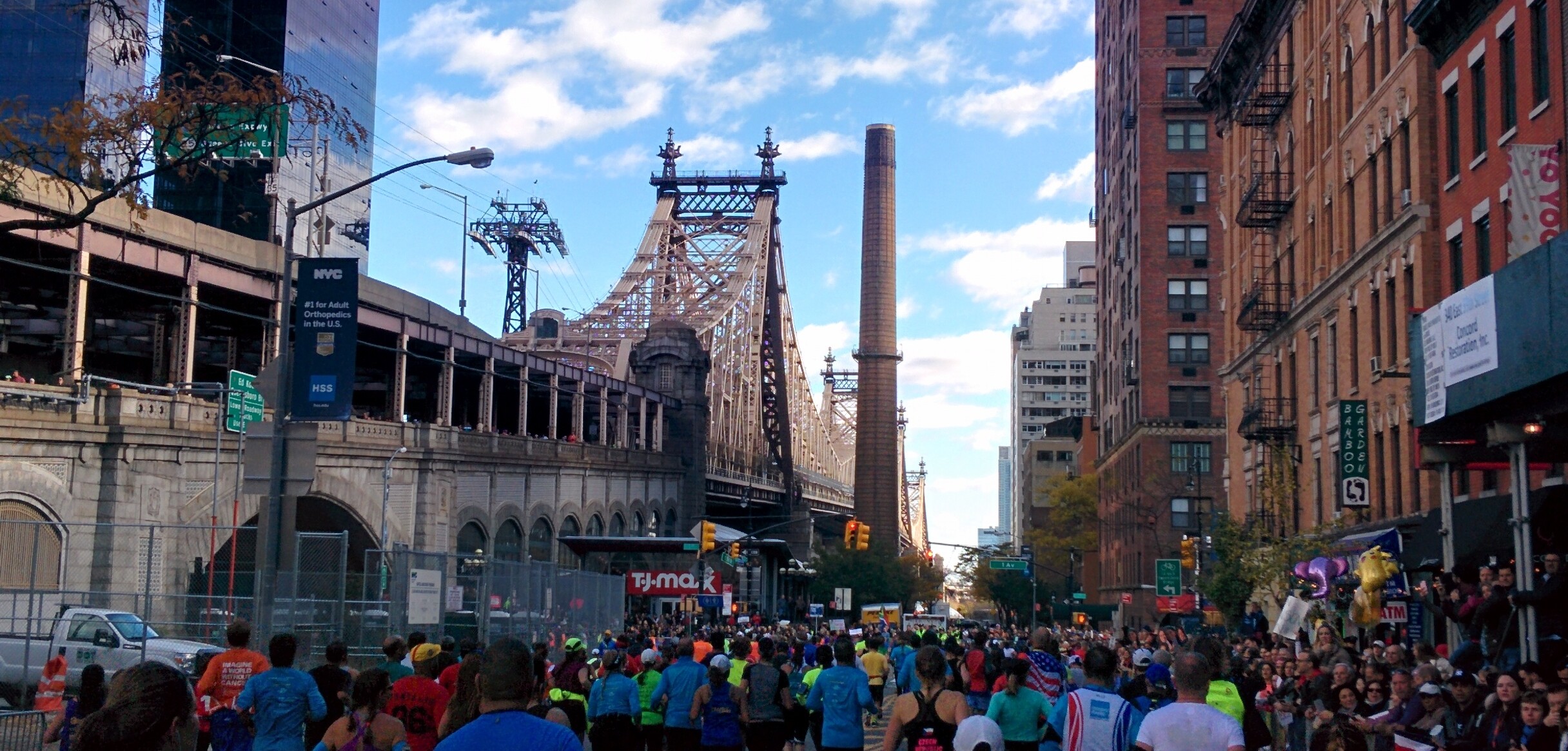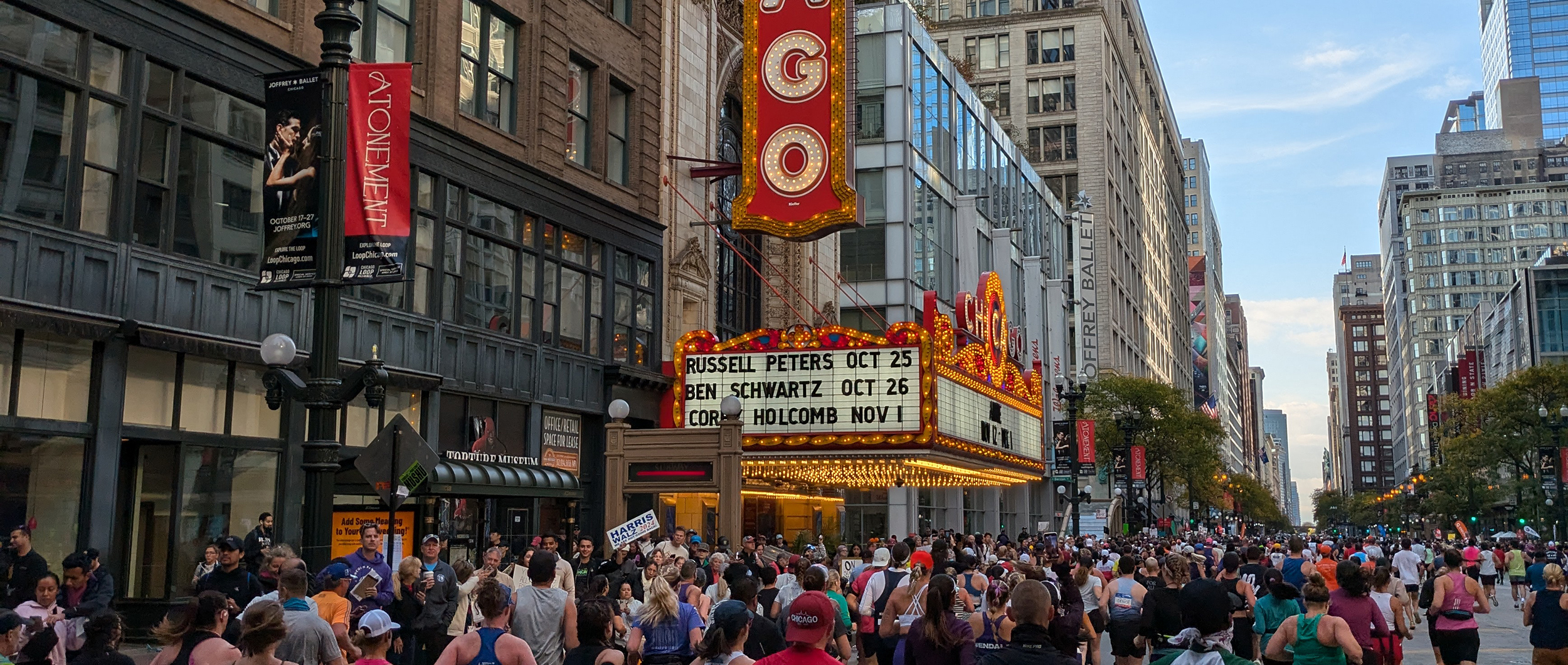News
NOW OFFERING RACE-SPECIFIC TRAINING PLANS!

This week, I’m advising you all to “Stay away from the gray.” The “gray” that I’m referring to is Zone 3, and if you don’t know what that is, I encourage you to take a big swig of some water and settle in, because I’m about to dish it out:
When we talk about Training Zones, we often refer to them on a scale of 1-5, and sometimes on a scale from 1-6. I utilize a Zone 1-6 scale, so that’s what I’m talking about today. Here’s a quick summary of what each zone looks like:
Zone 1: Aerobic Zone, Recovery Effort
Zone 2: Aerobic Zone, Endurance Effort
Zone 3: Aerobic Zone, Tempo Effort
Zone 4: Anaerobic Zone, Threshold Effort
Zone 5: Anaerobic Zone, VO2 Max Effort
Zone 6: Phosphagen Zone, Neuromuscular Zone
Are you trying to set a new PR or breakthrough on a new distance in your training? Are you finding yourself coming up short when you race or go for those goals? The harsh reality is that you’re likely not training slow enough often enough. SO many athletes who I’ve worked for over the years are just like you and me: time-crunched athletes who need to fit in their training in the pockets of time that exist in their busy daily lives of full-time work, families, and friends. Too many athletes also only use pace and distance as the only metrics by which they self-validate their training, and this can lead to MAJOR issues over time.
Basically, they end up neglecting Zone 2 and spending too much time in Zone 3 (with the mindset that going faster is always better). Zone 3 is still an aerobic zone, but one that does elicit a lactate response in your body. To break it down to the nitty-gritty details: while there is a time an a place for Zone 3 training, in Zone 3, you’re not going slow enough to allow your body to recover and adapt to the training stimulus you’re imposing on it with your day-to-day training, and you’re also not going fast enough to bring about your desired physical adaptation (speed in racing). Many, many athletes go into Zone 3 when they shouldn’t be. And thus: the “gray” zone is born.
It’s not what people looking to improve or get fast want to hear: that you need to train slow. And yes, yes, I know, it seems counterintuitive that one must go slow in order to become fast. But it’s true. Your easy days should be E-A-S-Y and your hard days should be H-A-R-D. If I had to put it into numbers, based on my time as both a coach and athlete, I’d say that 80% of your work should be Zone 2 (this accounts for the recoveries in your hard workouts on your hard days). Yes, folks. EIGHTY PERCENT. Doing this will allow you to make the gains you desire over time and to set those PRs that you so desperately crave.
In my experience, most athletes cannot check their pace egos at the door on their own; they need the help of a coach to do this. If athletes try to do this on their own, it usually takes longer for them to do it than an athlete who is coached. I know many, many athletes who attempt Zone training on their own who give it up because it takes “too long” or because it “doesn’t work for them”. I’m telling you: it works. But I’m also telling you: it IS a process, and like all things worth it, it takes time. Once you nail it down though, you’ll be AMAZED at how in-tune with your body you are and how well your body responds to your training. A good coach will write a plan that includes variability, monitor your workouts daily, and give you honest feedback about how things are going. This includes telling you what you probably don’t want to hear: that you need to slow down so you can go fast later on. That accountability is worth its weight in gold, and it makes the process of learning to train slow a bit less painful. :)
If you’re that athlete who has been seeking gains and finding yourself coming short on your goals, you might want to consider interviewing a coach, or at the very least, looking into Zone Training. Happy Slow Training, my friends. :)



































































































Have a question or ready to get your TRAINING started?
Fill out our Contact Form to the right and we will get back to you shortly!